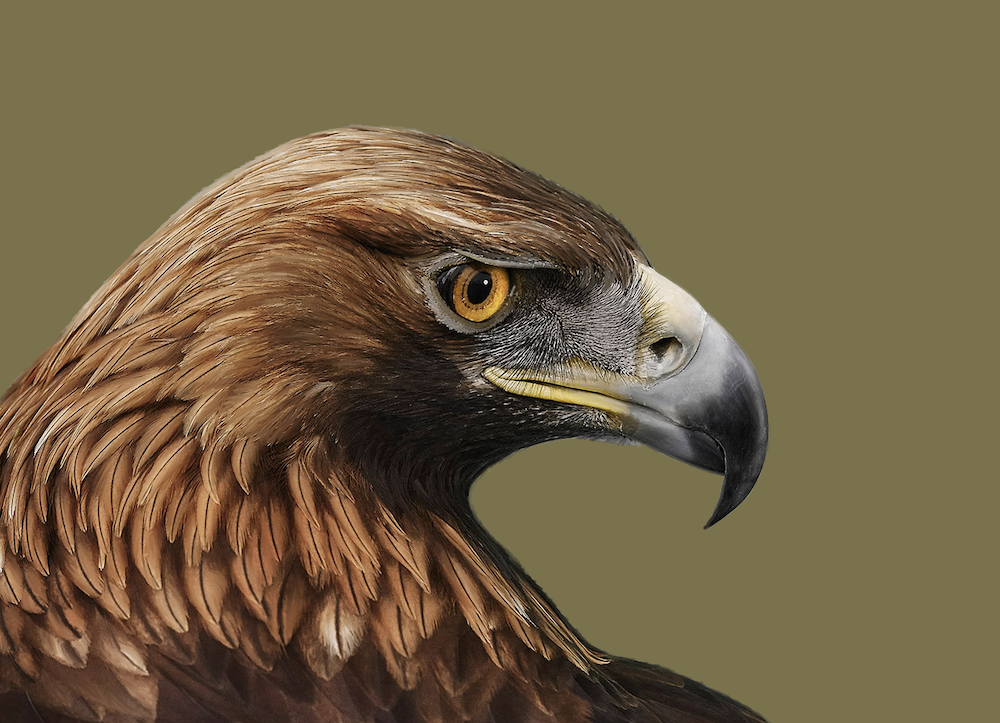Golden Eagle Aquila chrysaetos

Sadly, there is no further update from the account in Lorand and Atkin (1989) with six historic records involving five birds. That in 1834 was trapped (outcome unknown) and the second, an immature male, was shot at Normanby Park, Scunthorpe in November 1881. An immature bird seen at Langton, Spilsby in November 1920 was eventually picked up “in a dazed condition” and sent to London Zoo where its identity was confirmed. Another was seen that year in Maltby Wood, Louth in December. Finally, another immature bird frequented Brocklesby Woods from December 1927 until mid-January 1928, where it fed largely on Rabbits, Oryctolagus cuniculus, until it was shot nearby at Beelsby. An account by one of the observers of this bird appears in the LNU Transactions of 1929 when he noted that “..with eight fellow naturalists, I had the unusual pleasure of watching the flight of a large Eagle, as it soared leisurely over the Earl of Yarborough’s woodlands near Caistor Double Gates”. No mention of the optics in use is made (!), but they saw it at a distance of 100 yards and described the bird as being all dark brown, apart from a large patch on each wing and the basal half of the tail, which were white, an accurate description of an immature Golden Eagle.
A pair famously bred at Haweswater in the Lake District from 1969 with some turnover of male and female partners and 16 young produced 1970-1996, and a second pair bred 1975-83 fledging four chicks. This micro-population gradually died out though and the last remaining bird, a male, failed to appear in spring 2016; the female died in 2004. Adult Golden Eagles stay on territory throughout the year, but immatures wander, and a few have made it into England with an immature in County Durham in the spring of 2002 for example. The prospects of a repeat county record look bleak, but a recent Scottish initiative is actively releasing immature and young Golden Eagles in southern Scotland which have been translocated from elsewhere in Scotland (https://www.goldeneaglessouthofscotland.co.uk/). Since 2018 the project has released 12 juveniles collected at 6-8 weeks of age from nests in the Sottish Highlands and seven sub-adult birds aged between 6 months-three years; each of the released bird is satellite-tagged. One of these birds wandered as far south as the Northern Pennines, so who knows how far they may wander?
| Site | First date | Last date | Count | Notes |
| Appleby, Scunthorpe | 1834 | - | 1 | No specific date |
| Crosby Warren and Normanby Park | October 1881 | 01/11/1881 | 1 | Immature male, shot at Normanby Park |
| Langton, near Spilsby | November 1920 | - | 1 | Immature (see notes, above) |
| Maltby Wood, Louth | 24/12/1920 | - | 1 | |
| Brocklesby Woods | mid-December 1927 | mid-January 1928 | 1 | Immature, shot near Beelsby |
Reference
(Account as per new Birds of Lincolnshire (2021), included September 2022)

